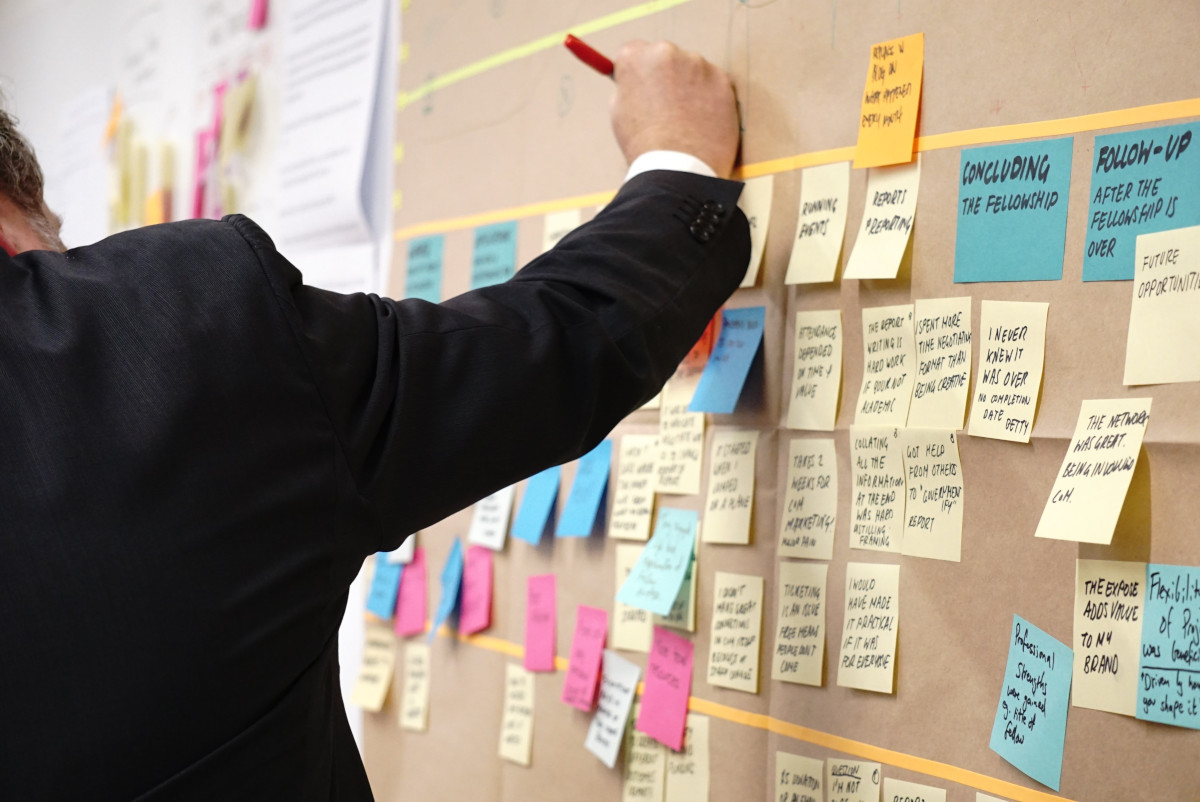It is said a picture is worth a thousand words, it’s truer in construction. What’s the first image that comes to mind when you hear the words ‘construction site’? The mental picture summoned up generally looks something like an excavated site with people working on it wearing helmets and goggles. This mental image reflects the external characteristics of the contractors working on the site, the business and operation engines behind the businesses are much more obscured. Behind this image are project managers and superintendents that manage the workflow, many with spreadsheets and good old-fashioned notepads. These front line managers often don’t know if a project is on track to be profitable until the accountant runs the numbers at the end of the month.

Every construction project has its own set of unique challenges because of complex operations ranging over the project life cycle. It’s rarely possible to keep track of everything that happens on a work site. Many factors arise that serve to distort communications and operations, such as weather, site location, cell phone reception, Internet access, missed emails, scheduling conflicts, and many more. It’s not if something goes wrong, it’s when. There is no way to eliminate problems on projects, it’s impossible. What you can and should do is to work towards implementing processes and policies that reduce the risk as much as possible. One of the way we can keep projects safe and profitable is by using technology to automate some, most or all areas of operation. Two key areas are bidding and planning. Both areas have lots of options in the market, you are bound to find one or two that work for you.
STREAMLINED BIDDING
Bidding is the first major cog in the business engine, without successful bidding a company will go nowhere. Bidding ranges from simple to complex depending on the project and if you are a General or Sub Contractor. Whether you are bidding to residential consumers or the Federal Government, you need a successful strategy that includes the ability to quickly create bids in order to be responsive to your customer.
There are many Sub Contractor specific bidding tools that enable you to use pre-defined values for common tasks, such as the time it takes to install an electrical panel and run 1,000 ft of wire on 20 drops. These tools make it fast and easy to create bids. Using bidding software can reduce the time it takes to create bids so you can get more done in the day.
It’s not enough to crank out bids fast, you need to track bids whether successful or not and compare them to your job costs. Tracking your contract budgets with bids over time gives you the data to make better decisions on bids. For example, do you have the resource capacity to execute the project, how much do you need to sharpen your pencil to get the business. Tracking project costs to the contract budget tells you which ones had the most profit, change order costs, how much labor it took, what loss rates were on materials used, and many other metrics you need to be more successful.
Tools like Excel are great, they work well and are easy to use, and with a little effort you can customize a spreadsheet to meet your needs. The challenge with spreadsheet driven bids is that they are not connected to anything else that automatically tracks the difference between the bids and the costs. The most effective way to streamline bidding is to use software that fits your needs. Use some software that works for you. You don’t have to use ours, but I hope you give it a try.
PLANNING
Planning your project is critical, but if you are like 99.999% of the rest of us that work on projects, you know that nothing ever goes according to plan. Plan, then plan for the plan to change. Keep it simple, flexible, and adaptable. There are a range of tools on the market to help with planning. Nearly every contractor I talk to about how they use software for planning tell me the same thing… they use it to set up the main project plan, then never touch it again after they print out a hard copy to pin on the construction trailer wall. Tools like Microsoft Project work well and are widely used today. Most of the Gantt Chart based project management tools in the market are not connected to anything and cannot dynamically update as things change. Updating projects in planning software requires manual entry on an ongoing basis with any project, which means it generally doesn’t get done.
Dynamic project management takes project planning software to the next level, but it requires technical connections among project partners and software companies. In short dynamic project management factors in the fact that projects change quickly and we need to adapt quickly to manage them. You need an adaptive process coupled with predictive tools, such as automated critical path analysis.
Using the right software will reduce complexity and increase profit margins in your organization. If you don’t know if your projects are on track to be profitable or not, you need to take a close look at software tools that work with your processes that automatically track project costs and budgets. Don’t wait until the end of the month to find out project costs are out of control.


